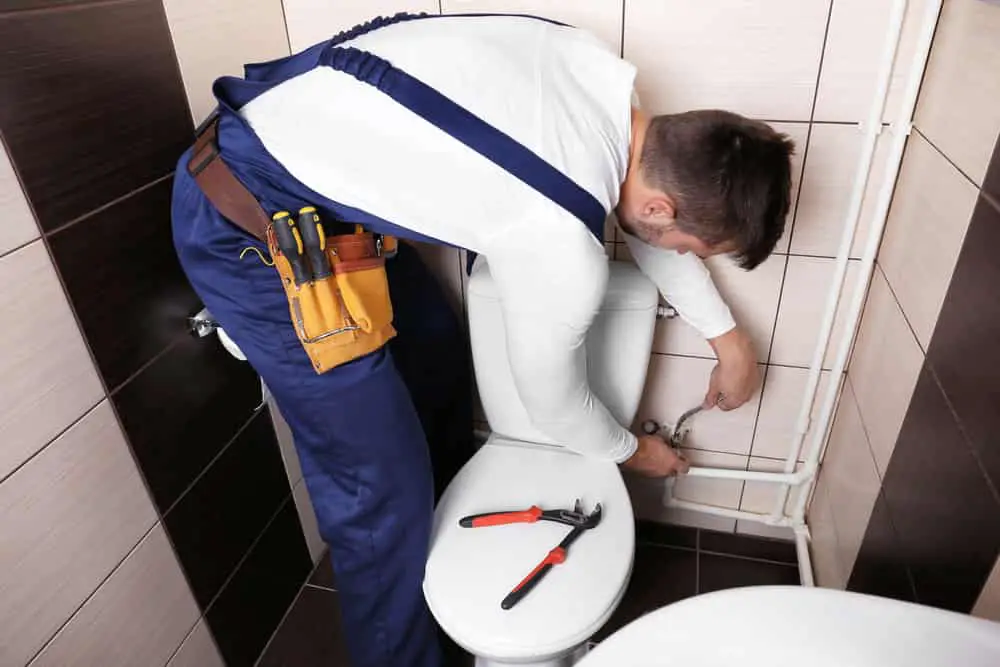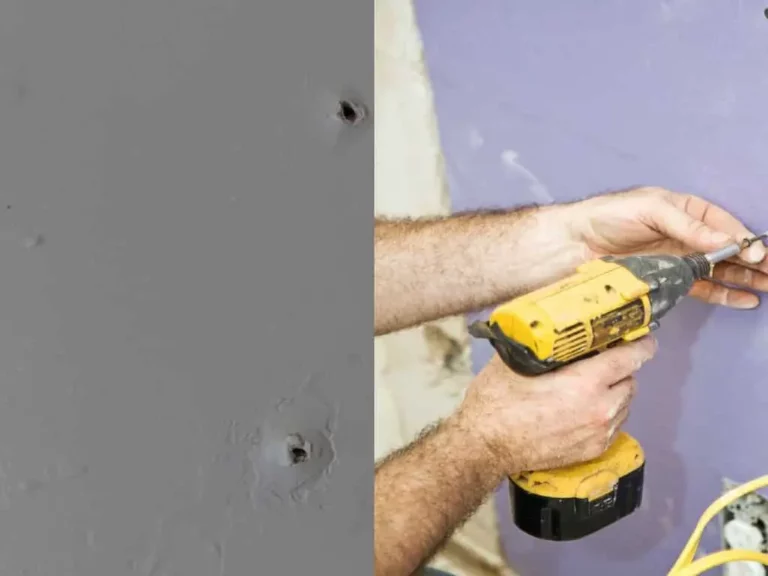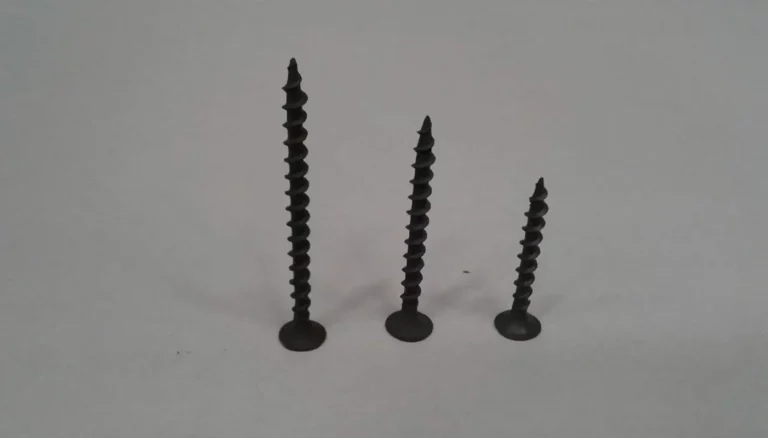How Do You Fix a Toilet That Is Close To The Wall?

The placement of a toilet is not only about aesthetics or personal preference. Other factors need to be considered when it comes to setting up the placement of the toilet, and one of the key components involved is the plumbing. One of the main issues that people often face is that the toilet flange has been placed too close to the wall, and thus the toilet is close to the wall.
Two primary options involve moving the toilet waste pipe, which is not ideal, or you could use an offset flange. Another way to go about things if you have drywall, or can cut into the wall, is to create a 4–5-inch alcove in the wall and thus create a space behind the toilet.
In most cases, your best option is to adjust the wall behind the toilet, as it is nearly impossible to consider revamping the entire plumbing system in that part of the house. This can be tedious and expensive and is not worth it for a few inches of space. So to learn about cutting into what is, hopefully, drywall, be sure to read on; otherwise, we have other tips for you.
Creating An Alcove If Your Toilet Is Too Close To The Wall
If the toilet is installed with less space than is required by building codes, not only will you face problems during a potential inspection, but you may have other issues that arise as well, such as the general use of the toilet. If the plumbing is not in line with what is required, you will have a tough time as manufacturers design their products following standard specifications.
This ultimately means that your life could be made rather tricky as you will find that you might encounter issues such as slowed drainage from the bowl or, even worse, clogging up within the pipes.
So if you cannot change the location of the toilet flange, then there is the option of cutting an alcove into the drywall behind it, which is true in many cases. If not, be sure to find the answer to your problem further in the article.
Reworking the drywall is the first option you should consider, although this may not be possible in some cases. However, if you can, you are in luck as we will walk you through the operation. Another thing to consider is that this will only work if you have interior drywall; if it is external, you will need to opt for one of the other options we discuss.
You will start by cutting a 4-5-inch-deep alcove into the drywall behind the toilet. This will allow you enough space to then work with. It would be best to make a clean cut as you do not want to ruin the walling. Once this has been completed, you will add plywood which is an inexpensive option to neaten the hole.
The idea is to create a neat little nook that is finished (you may want to paint the plywood to match the surrounding drywall); You want to make sure that the plywood measurements are correct and clean cuts so that the pieces create a nice clean finish. Finally, if you do not want to go with the painting option, you can always add drywall to the plywood, so it matches correctly.
Essentially you want to recreate the back wall, and this will allow for more space behind the toilet; if you still have issues such as the flange needing to be moved, this may well still be a step you need to take. But this will help if your toilet flange is too close to the wall, and it is a nice, clean fix that can look neat if appropriately executed.
Read about What Type Of Caulk For Toilet Base?
Toilet Drain Too Close To Wall
There are times when mistakes are made in building; for example, the waste stack pipe in the floor may be in place, and the building contractor, without the plumber’s advice, may build the wall too close to the drain. What then happens is that the toilet is seated by the plumbing contractor, and they find that the drain is too close to one of the walls. This could mean the toilet does not fit at all.
Or you may be able to install the toilet, but it is set in an uncomfortable position, which you may have to live with for ages before you get the right advice. This sort of job could be extremely costly; however, there is an alternative fix that may well be able to help you with your issue of having the drain and, ultimately, the flange too close to the wall.
Changing the placement of your drain is an expensive endeavor and one you want to avoid if possible. In this case, an offset flange for your toilet could be the possible solution you are looking for. This means that the toilet can be moved over a few inches without having to make any building adjustments to your drain and the rest of your plumbing.
The angle that the offset flange sits at may well cause issues with water flow, and it could result in less powerful flushes; however, if that is the case, you can remedy this by simply adding a more powerful pressure valve to the toilet. This will help alleviate the problem and allow you to have peace of mind that the actual issue of the drain being too close to the wall is averted.
Can You Move Toilet Closer To Wall?
In most cases, by law, the toilet must be installed with at least 15 inches between the center of the toilet bowl and the wall, which is behind the tank. Funnily enough, the easiest way to remedy this issue if the toilet is too far from the wall is also to use a toilet offset flange. This is undoubtedly going to be the cheaper and easier option to go with.
The other option is to move the flange and the waste pipe, but this will be far more expensive and should only be considered if you desperately need the toilet to be moved closer to the wall. This may be if you have a disabled person in your household who needs the toilet to be closer to use the handrails to get on and off of the toilet.
The flange’s primary function is to connect the base of the toilet to the plumbing system, and if you do a search, you will find that the standard flange is vertical while an offset flange is angled. If you decide to use this method of fixing the issue of your toilet being too far from the wall, you will find that this is a fast and affordable method of correcting the problem.
The next option you have is to move the waste pipe, and this may at times be the only available option; however, it is usually costly and a tedious job that may take a while to get done. What will need to be done, likely by a professional contractor, is to remove the toilet from the flange and then take out the subflooring and slab around the toilet.
Once done and the desired location of the toilet has been decided upon, the plumbing needs to be rerouted, and the hole will need filling in, typically with concrete. The new subflooring will need to be installed, and once that is complete, the new flooring must also be applied. And finally, after all that is complete, the toilet can be remounted onto the flange.
Conclusion
A toilet is a vital component of the bathroom, and its placement affects comfort and the overall workings of your plumbing fixtures. There are building codes that outline the requirements for any installment, whether it be for commercial or domestic use, and they are there for a reason. So, when in doubt, follow the tips we have provided or contact a professional.





